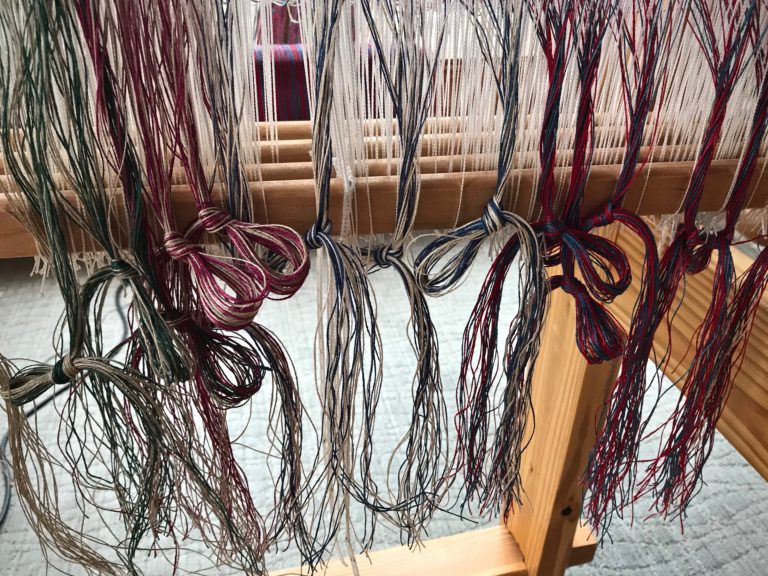

It’s not surprising that you wind up with chaos: you’re combining two bold and complex patterns in a third complicated pattern. So, when you put the two patterns on top of each other and combine them in this complicated draft: And the stripes are randomly placed, so it looks “busy”. Not only is there a lot of light/dark contrast, producing a bold pattern, but the peach and blue are on opposite sides of the color wheel, so contrast strongly in hue. This is also a complicated, bold pattern. Plus, the stripes are randomly spaced and there are a lot of them, making it look very “busy”.įurther, suppose you use a pattern of weft stripes that looks like this: It’s got a lot of light/dark contrast, which makes it bold. That’s a pretty bold and complex pattern. (The same is true if you arrange your weft yarns in a complex pattern, of course.) So if your warp yarns are arranged in a bold, complex pattern, then a complicated draft pattern is going to be hard to see because you are putting one complex pattern on top of the other. If you place one complicated pattern on top of another complicated pattern, then both patterns become harder to make out.

The pattern of the draft determines which of the warp and weft color patterns is on top at any point in the cloth. The first thing to understand is that the pattern in every piece of woven cloth is actually three patterns mixed together:
#Warp and weft how to#
Here’s how to arrange a mishmash of yarn colors so you see the pattern clearly. But what if you are weaving together odds and ends of stash, using an assortment of warp and weft colors, so you have a mishmash of colors? In my last blog post, I wrote about choosing warp and weft colors to make your pattern show.


 0 kommentar(er)
0 kommentar(er)
